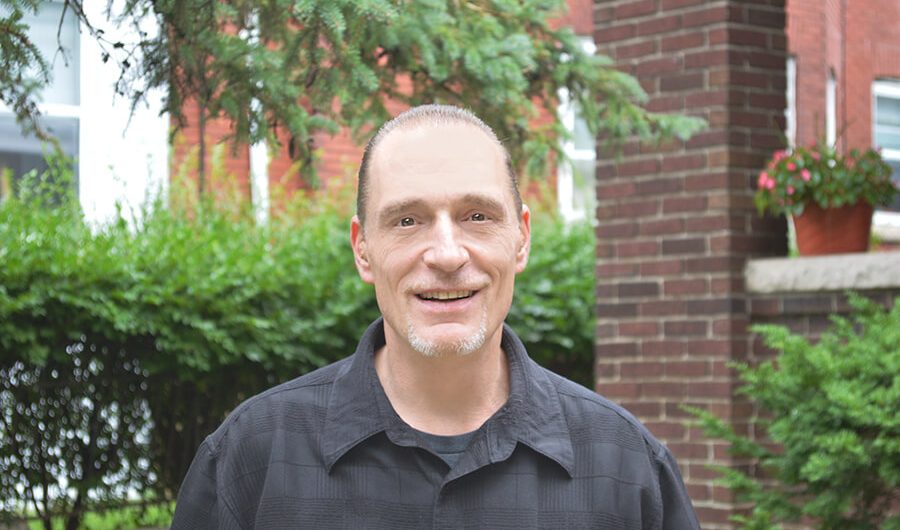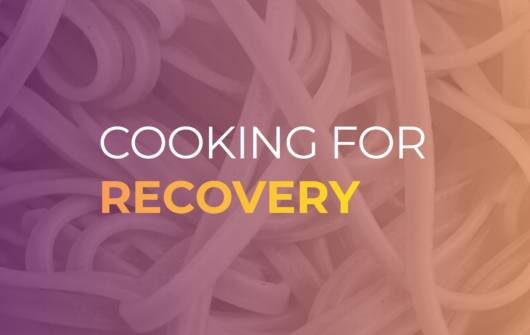The Reality of Substance Use Disorders
Posted on: October 3, 2018

Mike’s had a hard year. After 23 months free of drugs and alcohol, he experienced a recurrence of use in May. There were some warning signs at first: he stopped working with his sponsor and he cut back on attending self-help meetings. Then came the moment he feared. “I sat in outpatient one day and said, ‘I want to get high’.” He went out that day and used. Mike continued to use even though he was receiving treatment, and his strategy was to plan his use around drug screening tests. It worked for a while until it didn’t.
When telling this part of his story, Mike’s disappointment is palpable in his voice. Understandably, he experienced some pretty immediate consequences. “I almost lost my family,” he said. “My niece wouldn’t talk to me.” Thankfully, Mike’s outpatient counselor saw that he needed something more intensive than outpatient care, so she referred him to inpatient treatment. “I just couldn’t bring myself to say that I needed help,” he said.
In many ways, Mike’s experience shines a light on the reality of substance use disorders: it’s a disease that affects people for life, and it can be a constant struggle. It’s rare that someone with a substance use disorder never uses again after seeking help for the first time. “I spent a lot of years using and destroying my life,” Mike said. “I’ve been bouncing in and out of recovery for the last 18 years, but I’ve had some success.”
What’s important is that Mike didn’t give up on himself, despite the reality of substance use disorders. He went into inpatient treatment with an open mind. However, one thing he immediately realized was that “28 days just wasn’t enough.” He told his counselor that he wanted to get into a residential program after he completed inpatient. Mike received a referral to Sundram Manor, and he started there in early August.
Today, Mike is all smiles at Sundram Manor. He’s been at the community residence, which is located in Niagara Falls, for just over a month. He’s keeping track of his progress and he takes the suggestions he receives from the staff to heart. Mike recently wrote some essays on his experiences and keeps a daily gratitude journal. “Finding things to be grateful for is a good tool to use,” he explained. He also finds the structure of the program to be helpful. “It helped me get back into a routine,” he said.
Mike wants to continue to take the time he needs to focus on his recovery. “I’m doing things differently this time,” he said. After he finishes his stay at Sundram Manor, he’s planning on moving into one of our Supportive Living apartments in Buffalo. This way, he’ll be close to his self-help network. Despite the challenges he experienced this year, Mike still has a positive outlook. “I’m grateful to wake up with the choice to get it right one more day,” he said.
Other Recent Posts
Your donation can save a life!
In the grip of the opioid epidemic, you can make a difference. Any amount helps.





